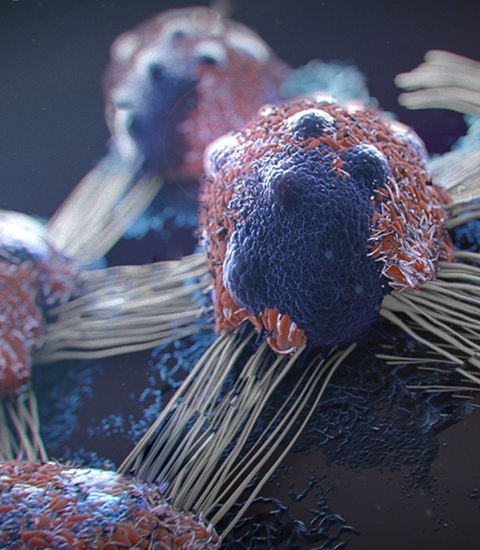Three Areas
Cell therapy can be roughly divided into three areas:
Regenerative medicine: The use of autologous or allogeneic stem cells present in various tissues to repair tissues or organs, such as extracting eye stem cells, proliferating in vitro, and then returning to the eyeball to repair the cornea, or to drive cardiac stem cells into the heart.
It is helpful to treat myocardial infarction, etc., for diseases that cannot be replaced by medicine or medical materials. However, more than a decade of regenerative medical development has been carried out. Only single-digit products have been approved for marketing worldwide, rest of the others are still in clinical trials. In general, there are only a few autologous stem cells present in their own tissues, and how to find and identify them is a big challenge. Compared with autologous cells, cord blood or amniotic fluid stem cells, which are relatively easy to obtain and have abundant stem cells, are valued. However, the actual functions, safety, dose, and frequency of such allogeneic stem cells are critical to the final. The efficacy is verified, so the complexity of stem cell clinical trials is higher than that of general new drug development.
Cancer immunotherapy:
The cell is the strongest and memory-bearing cancer-killing squad in the body. The Car T technology, which uses gene-enriched T cells, enhances tumor recognition and adds other immune activators, which are more powerful than the original T cells. Car-T achieves 60 to 80% high efficacy in recurrent and refractory hematoma, which is quite amazing, but it is still challenging in solid cancer, including the lack of finding highly specific tumor antigens, and cells are not easy to Problems such as the survival of solid tumors in an acidic hypoxic environment are to be overcome, and it may take another 5 to 10 years of development time to see performance. Other unmodified, original immune cell therapies must be matched with traditional cancer treatments.
Gene therapy: Gene therapy is the hope of genetic patients to introduce improved genes into stem cells or somatic cells, and then into patients, expecting to treat genetically deficient diseases by roots. There are at least 4,000-7,000 genetic diseases worldwide. In the past few years, gene therapy has achieved good results and has become the most funded cell therapy field in the United States.
At present, cell therapy has become a research hotspot. Whether it is bioengineering of T cells, treatment of stem cells for specific diseases, observing the interaction between immune cells and tumor cells, and developing anticancer vaccines, it is an important topic in cell therapy research.







